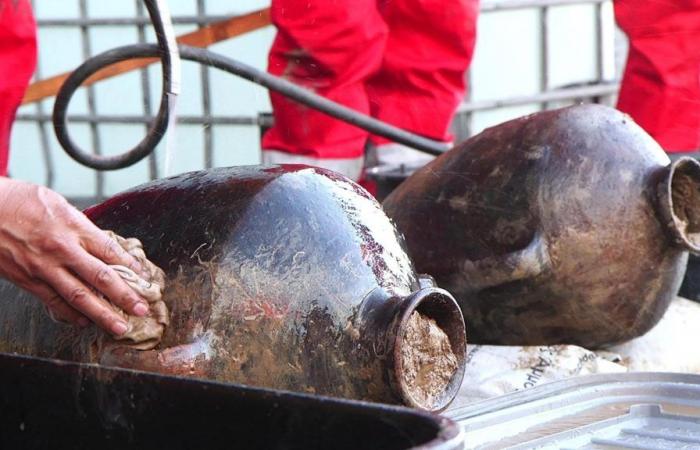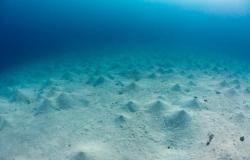
JERUSALEM – You look for submerged energy at the bottom of the sea and instead you find amphorae, so ancient that we have to rewrite the history of our ancestors: an incredible and fortuitous archaeological discovery off the Israeli coast of Haifa revealed that around 3,400 years ago, in the Late Bronze Age, there were far better sailors than anyone dared imagine. We thought that with the still uncertain skills of the dawn of time they couldn’t dare to abandon the sight of the coast, during navigation, to quickly repair in case of storm and not to lose the route in the absence of tools and knowledge. And yet here they are, offshore in the Mediterranean: 90 kilometers from the nearest coast – the Israeli one – the wreck of a merchant ship was found, the only one ever found offshore dating back to such an ancient era, on the seabed at 1,800 m meters deep.
Crete, a mysterious palace discovered that recalls the myth of the labyrinth
June 18, 2024
It is a discovery of global significance, the one announced by the Antiquities Authority of Israel which in recent days managed to bring the first two amphorae back to the surface. It happened thanks to surveys conducted by Energean, a natural gas company that operates platforms off the Israeli coast. While exploring the seabed for new drilling opportunities to drill more wells, the Energean team spotted an anomaly: a large pile of amphorae on the seabed.
Karnit BahartanEnergean’s environmental manager, described what the instruments had put before his eyes as “a pile of jars piled up on the seabed”. Jacob Sharvit, head of the marine unit of the Israeli Authority that deals with ancient finds, underlined the importance of the find, calling it “a discovery that changes history on a global level”. The location of the wreck, far from any visible coastline, reveals the ability of ancient sailors to sail across the Mediterranean without seeing land, challenging previous academic hypotheses that suggested exclusively coastal navigation.
Ukraine, 1.4 million year old artefacts found. They could be the remains of the first human settlements in Europe
edited by the Culture editorial team
07 March 2024
All ancient shipwrecks found so far in the Mediterranean were in shallow water. One off the uninhabited island of Dokos, in Greece; two others off the Turkish coast, Uluburun and the Cape Gelidonya boat that crashed on the rocks. In this case the scenario is completely different, and required a high-tech robotic submarine to intervene on the wreck.
The first identification of the existence of exceptional submerged finds occurred a year ago: since then Energean and the Israel Antiquities Authority have joined forces to investigate further, using innovative methods to collect data. And to be able to operate at such a depth, a special instrument was created, an underwater robot capable of extracting the first finds without damaging the whole. “It’s so deep that it took three hours for the robot to get down there,” Sharvit told ad Haaretz. On board the Energean survey ship, in recent days two people remotely operated the arms of the submersible robot with joysticks, unearthing two ancient jars: they took them with a net and placed them in a specially manufactured basket to bring them back to the surface safely. There was nothing left inside, only debris piled up over time, but scientists hope to find traces capable of revealing what they contained. By analyzing them, archaeologists hope to gain further information on life and trade in the Bronze Age.
Sharvit speculates that the ship was between 12 and 16 meters long and sank suddenly due to a storm or pirate attack, common occurrences in the Late Bronze Age. From the conditions of what is still visible of the wreck, i.e. the surface amphorae because the wooden planking that emerged naturally disintegrated over time, it seems to have sunk too quickly to allow the sailors on board to try to do something to prevent it, such as pouring sea the amphorae with their contents to lighten the load. In that case the amphorae would have been found scattered in very distant points, but instead the load remained grouped and intact, buried under a layer of mud which contributed to preserving the finds for millennia. “The muddy bottom hides a second layer of pots, and it appears that the ship’s wooden beams are also buried in the mud,” Sharvit explained.
There are hundreds of amphorae typical of the late Bronze Age, used to transport consumer products such as oil, wine and fruit. The find demonstrates the existence of lively trade in the eastern Mediterranean and offers a unique opportunity for research. The wreck, preserved at such a depth, is virtually intact, having not been disturbed by human activities or marine currents.





